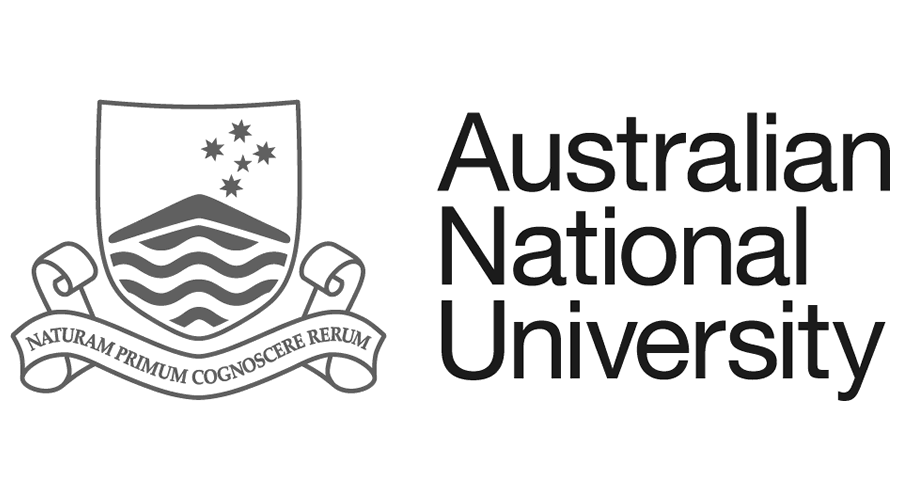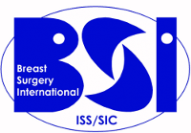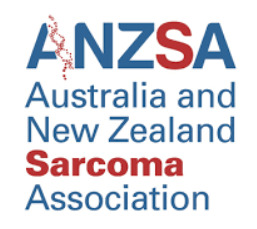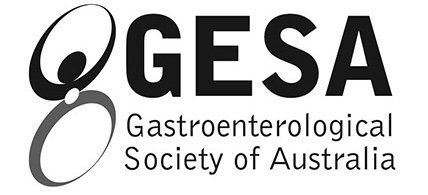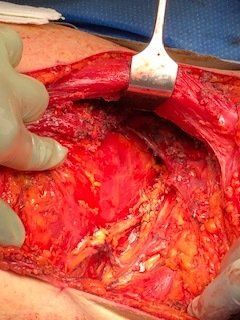
LYMPH NODE DISSECTION PROCEDURE
Dr. Sandra Krishnan, an experienced senior breast surgeon, has performed the lymph node dissection procedure for both breast cancer and melanoma where indicated.
What is an axillary lymph node dissection procedure?
Axillary lymph node dissection procedure, also known as axillary clearance surgery, involves removal of most or all of the nodes (usually 10 to 20 nodes) in the armpit. It is usually recommended when cancer is found in the lymph nodes on imaging and if a biopsy is performed before surgery.
What is involved in axillary clearance surgery?
The axillary dissection or the axillary clearance surgery is performed under general anaesthesia. An incision is made under the armpit. The lymph nodes, which can range from 10 to 40, are removed. A drain is routinely inserted. The incision is closed with dissolvable sutures. An overnight stay in the hospital is required.
What are the risks of an axillary lymph node dissection procedure?
All surgery has risks despite the highest standard of practice. The following possible complications are listed to inform not to alarm. There may be other complications that are not listed.
- Bleeding
- Infection
- Seroma, a build-up of fluid in the cavity where the tissue has been removed. Sometimes it can cause a swelling and the fluid may need to be removed with a needle and syringe.
- Scarring
- Numbness in the armpit, upper arm and shoulder area
- Shoulder stiffness
- Lymphoedema
How do we minimise the complications of axillary clearance surgery?
- A careful and conscious review of the indication
- Attending a physiotherapy and lymphoedema clinic before the procedure
- Meticulous technique
- Prevention of infection and wound care
- Early detection and treatment of bleeding or infection
- Postoperative physiotherapy and vigilance for early detection and management of lymphoedema





